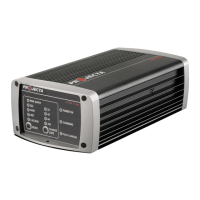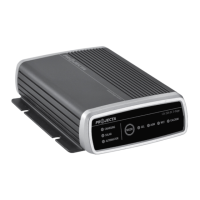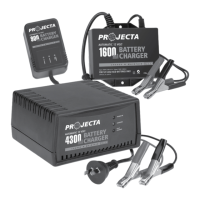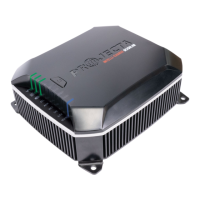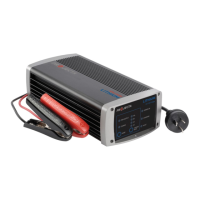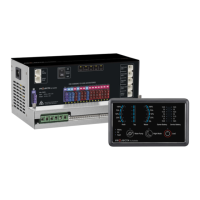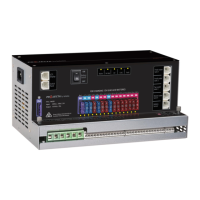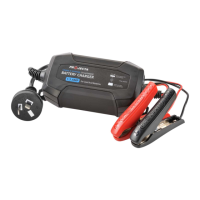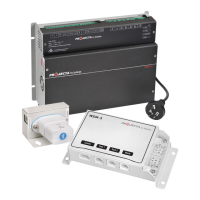TROUBLESHOOTING / FAQ:
Q. Is the DC20 waterproof?
A. The Projecta DC20 is designed to be dust and shower proof. Normal use including river
crossings and light engine washing will not pose any problem. Direct high pressure washing of
the DC20 unit or submersion for a period of the time may cause some water damage and will
not be covered under warranty.
Q. Why do the positive cables from the batteries need to be fused?
A. 12V batteries can produce large amounts of power and are capable of melting cable insulation
and catching fire in the case of a short circuit. Each positive (+) cable connected to the battery
must be protected by a fuse.
Q. Is the charger safe to use with modern ‘electronic’ vehicles?
A. The Projecta DC20 has been designed to work with all vehicles, especially new vehicles with
EFI and computer management systems. The charger utilises sophisticated electronics that
ensures complete safety for you and your vehicle.
Q. How do I know if the battery is charged?
A. The ‘FULLY CHARGED’ LED will remain on. Alternatively use a Battery Hydrometer
(Projecta Part No. BH100). A reading of 1.250 or more in each cell indicates a fully
charged battery.
Q. I have connected the charger properly but the ‘INPUT LED’ does not come on?
A. The DC20 is designed to charge from a starter battery that has as little as 9V. If the voltage is
below 9V, start the vehicle to allow the alternator to begin charging the battery or alternatively
charge the battery using a suitable battery charger.
Note: if the ignition connection is wired to the input positive terminal, and the starter battery
voltage is below 10V, the unit will not operate. The ignition connection requires 10V before
allowing the unit to start. Once in operation, the voltage to the ignition connection can fall as
low as 9V before it switches the unit off.
Q. I have connected the charger properly but the ‘OUTPUT LED’ does not come on?
A. In some cases batteries can be flattened to the point where they have very little or no voltage.
This can occur if a small amount of power is used for a long time, for example a map reading
light is left on for a week or more. The DC20 is designed to charge an auxiliary battery from as
little as 5 Volts. If the voltage is lower than 5 Volts use a pair of booster cables to connect
between two batteries to provide more than 5 Volts to the battery being charged. The DC20
can then start to charge the battery and the booster cables can be removed.
9
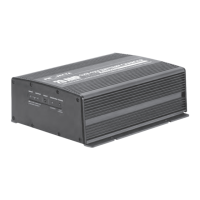
